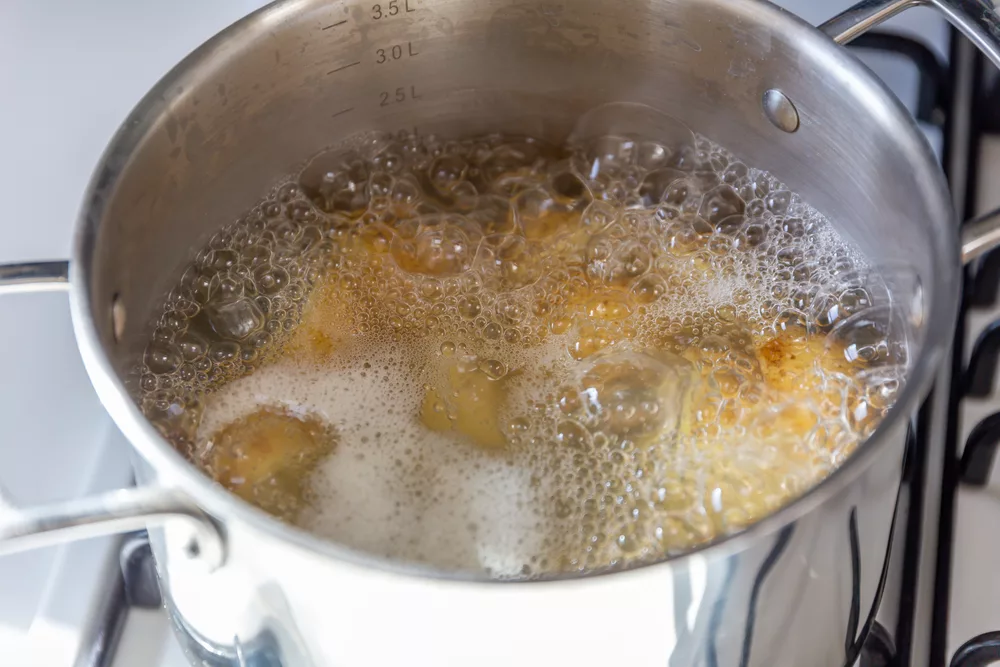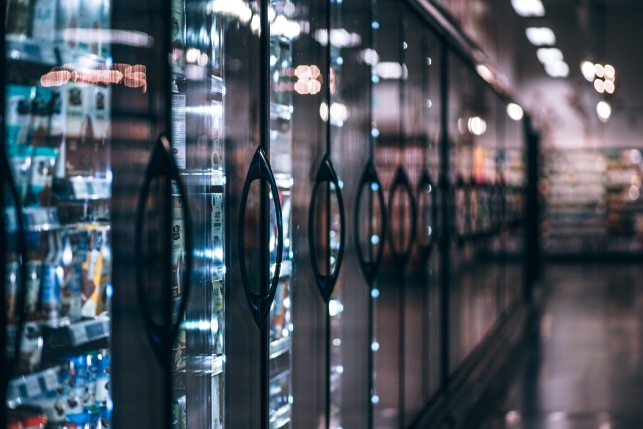Some of the ways that water aids the cooking process is via braising, boiling, steaming, poaching and simmering.
We use water all the time in cooking and this is due to its many properties that makes it very useful in the preparation of food. It helps to make many foods and flavors more acceptable to the palate, which in turn makes it reasily accepted by the body.
Before we get into the role of water in cooking, let's talk about our body's water intake. We consume water so that our bodies can use it to regulate its temperature and maintain other bodily functions. As we lose water through breathing, sweating, and digestion, it is important that we rehydrate by drinking fluids and eating foods that contain water.
In much the same way that it does to the human body, water helps regulate temperature during cooking. When you cook stew at a simmer, the heat stays constant. When we look at how the water behaves, whether its a slow boil or a rifling boil, we can immediately tell how hot the food is. This helps cooks control the cooking duration which indirectly affects the texture of the cooked product. For instance, by braising tough cuts of meat for several hours, the final result is meltingly tender with the broth flavoured with all the melted fat and collagen. Similarly, the addition of water during the frying of egg helps steam the egg and allows it to cook more evenly.
Water also helps speed up the cooking process using pressure. Inside a tighly sealed pressure cooker, water is heated and eventually boils into steam. Since the steam cannot escape the vessel, the trapped water molecules generates a high-pressure environment.
Cooking with wet heat, aka cooking by placing food in a hot liquid or exposed to steam is also healthier. Not to mention that it is also a low-fat cooking method, with litle to no added fat. When it comes to meats, fish, white-meat poultry and vegetables, wet heat is one of the best cooking methods to use.
In addition, water helps extract flavors. Whether you're making coffee, tea or soup, none of it would be possible without water. In beverages such as lemonade and cocoa, it is a medium for carrying flavors. While too much water will make food bland, water is so much more than that. Sometimes, when we don't want to add wine or broth in a soup or ragu for pasta, we use water which doesn't alter the taste in the way that the other two does.
When a sauce or soup gets too thick, water helps thin it out. If the food becomes too watery, the surplus may often be evaporated by cooking it rapidly without a lid. This evaporation is also what gives rise to what we call the reduction process in cooking. When you set a pot on the stove to reduce a liquid, water wafts away in the form of evaporation, leaving behind more concentrated flavor. Reductions are commonly used in preparations such as consommés, gravies, gastriques, pan sauces and syrups.
In baking, water also plays a vital role. When you're baking a creme brûlée, cheesecake or making cocounut jam, water is used in the form of a water bath. It keeps the substance from overcooking or curdling into eggs. We add water to flour to produce dough which is then used in a wide range of bread and pasta.
Water is also very useful in reheating food from refrigerated or frozen to serving temperatures. In large scale food facilities, a food rethermalizer is used to reheat frozen foods using hot water. It can also defrost raw meat and hold food at serving temperatures. Instead of using hot air, the use of hot water is preferred as it gives a greater degree of temperature control and is more energy efficient.
Before pasteurization, water is also used to kill bacteria in milk via scalding. This method is also sometimes used to help solids, such as sugar, flour or chocolate dissolve more easily into the liquid.
Imagine living in a world where water is absent. No soft boiled eggs, no cake or anything. Limited water supply can also interfere with the proper cooking and service of food, not to mention health standards.



